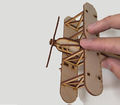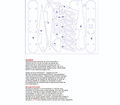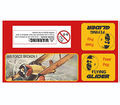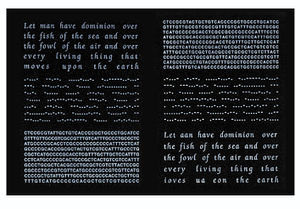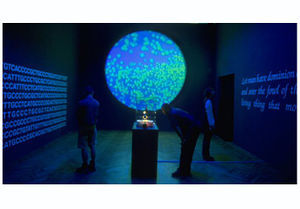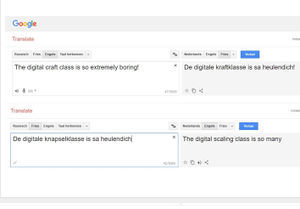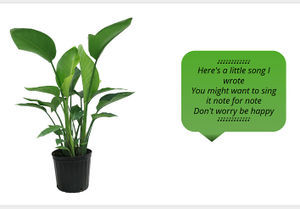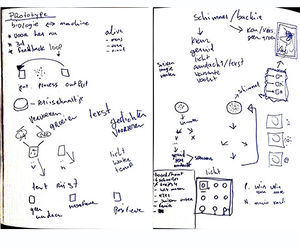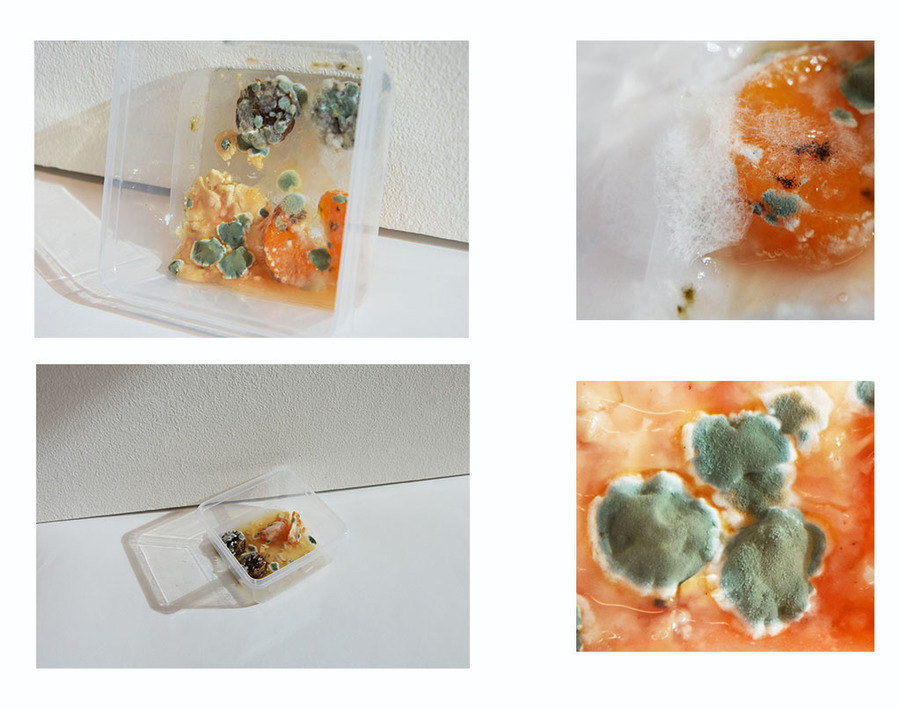Difference between revisions of "User:Jeemzz"
| Line 239: | Line 239: | ||
So first we talked about an idea of a plant that could sing songs when it is happy or sad.<br> | So first we talked about an idea of a plant that could sing songs when it is happy or sad.<br> | ||
But soon it felt a bit cheesy already.<br> | But soon it felt a bit cheesy already.<br> | ||
| − | |||
<br> | <br> | ||
<br> | <br> | ||
| Line 245: | Line 244: | ||
<br> | <br> | ||
Then we decided that we want to focus more on a organism that makes it own decision with a esthetic outcome.<br> | Then we decided that we want to focus more on a organism that makes it own decision with a esthetic outcome.<br> | ||
| + | From the four catagories of organism (plants, animals, fungi and bacteria), the fungus was uniquely and interesting to us.<br> | ||
| + | Fungi or mold also live their own lives and certainly make their own choices. That is why we researched how mold works,<br> | ||
| + | how it grows and how it doesn't grow. In this study, we discovered that mold can be stimulated by heat and delayed or even stopped by cold.<br> | ||
| + | With this information we devised a loop system.<br> | ||
| + | |||
| + | |||
| + | |||
| Line 252: | Line 258: | ||
File:Speeding up.jpg| How to manipulate the process | File:Speeding up.jpg| How to manipulate the process | ||
File:Delaying process.jpg| How to manipulate the process | File:Delaying process.jpg| How to manipulate the process | ||
| + | File:Klariart.jpg| inspiration klari art | ||
| + | File:Let it mold let it mold let it mold.jpg| Create the mold | ||
| + | File:Mold stinks.jpg| investigate the mold | ||
| + | File:Sketch schimmelderij.jpg| make a sketch of schimmelderij | ||
</gallery> | </gallery> | ||
Revision as of 12:32, 15 October 2018
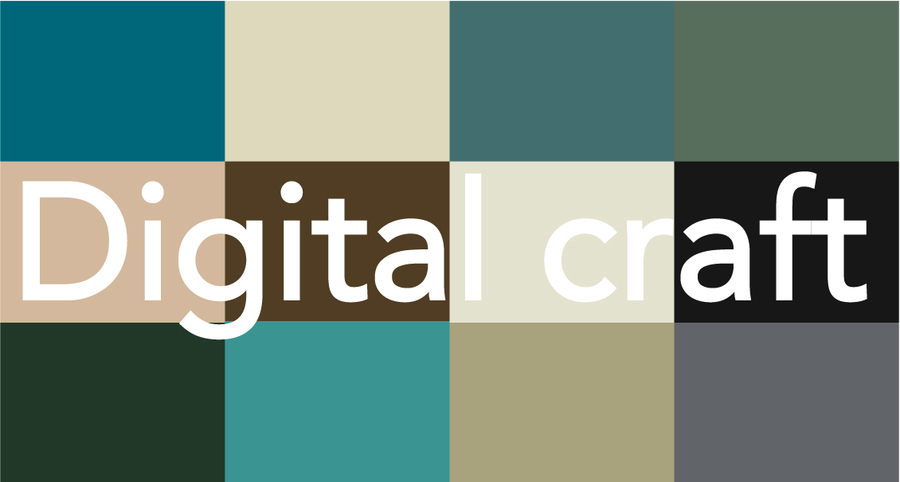
Jamie Deen - 0930546 - Fine Art & Design Teacher Training - 2018
Digital craft 2nd year mini practice
The assignment was to choose a work in the Boijmans.
We will use this work as an inspiration source.
Starting a project with a trip is immediately a plus for me!
We had to make a copy of this work and a transformation.
This means that we make a work that is entirely derived from the chosen work from the Boijmans
and one that we make with the work of Boijmans in mind.
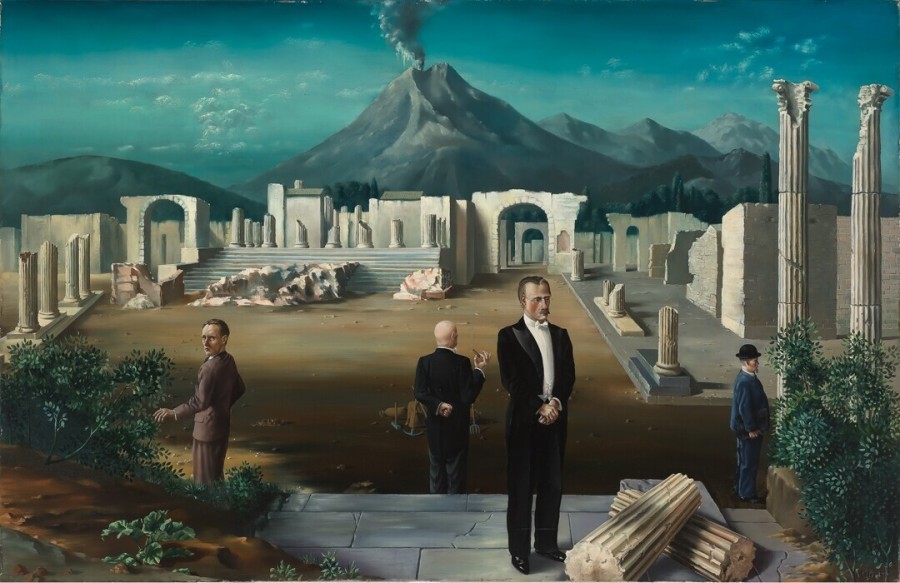
The painting I chose is called “Late visitors to pompeii”
The artist behind this painting called Carel Willink.
He was a Dutch painter who preferred to call his style imaginary realism instead of magic realism.
I can understand the fact he preferred that name taking this painting as an example,
it’s almost surrealistic it’s a surreal situation and at the same time it’s a mirror of our society today.
History time!
Surreal as the artist himself, Willink turnt out to be a dramatic romanticus I think... Willink married four times!
His first marriage in 1927 with Mies van der Meulen (1900-1988) dissolved after a year, but his second in 1930 with Wilma Jeuken (1905-1960) lasted until her death of a brain tumor.
Okay I’m sorry this seems normal right? A passionate and strong man that gets himself together after the death of his wife.
But in 1962 he started a relationship with the 38-year younger Mathilde de Doelder, whom he married in 1969.
Their eccentric relationship made them a mainstay in the Dutch gossip columns of the time. In 1975 Willink started an affair with the 44-year younger sculptor Sylvia Quiël.
So what happened over there !? He became an unfaithful man. In 1977 he divorced De Doelder, who either committed suicide or was murdered 4 months later. The same year he married Quiël. WEIRD!
I have to admit his life sounds like an amazing story full of love, creativity, harsh reality and deaths.
This man must have been very interesting, at least he already is in my eyes. I wonder what was going through his head at the moment of creating this very painting.
Late visitors of Pompeii from 1931. Shows us the southern Italian volcanic landscapes and some classical ruins.
the empty space and the pronounced perspective combined with the decor for an ironic-anecdotal event, creates a surreal image.
The utterly lost and senseless presence of a number of nicely dressed twentieth-century civil men, complete with cigar,
bowler hat, with Willink on the left in a self-portrait looking over his shoulder reciting the viewer, giving us this troubled look.
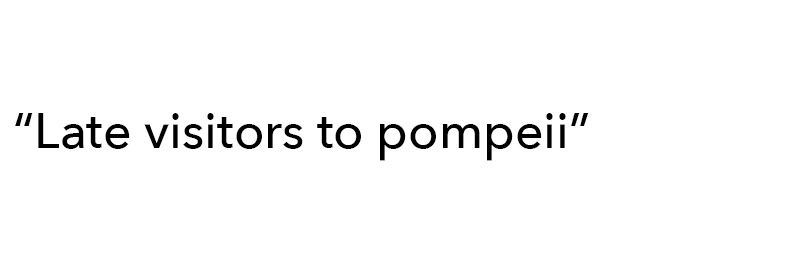
Looking at this painting I am overwhelmed with confusion.
Is it possible that we were already so individualistic in 1931, that our society was already so antisocial and closed?
When a bomb explodes, we do not look at each other, as if we ourselves have nothing to do with it. we are solidly melting in our own egos.
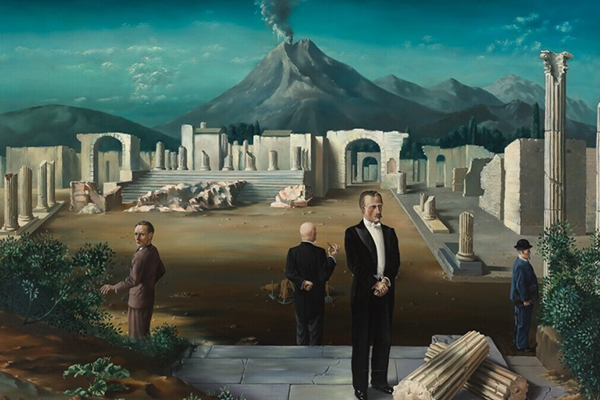
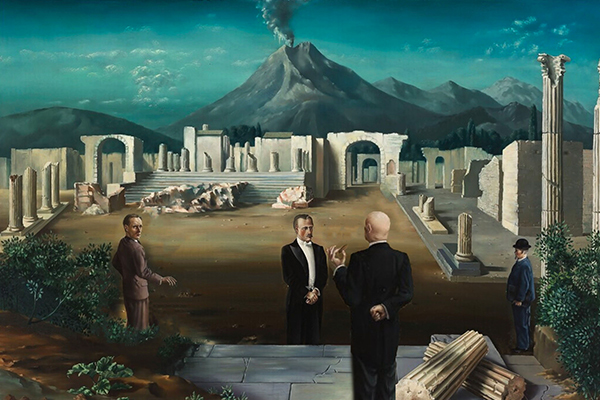
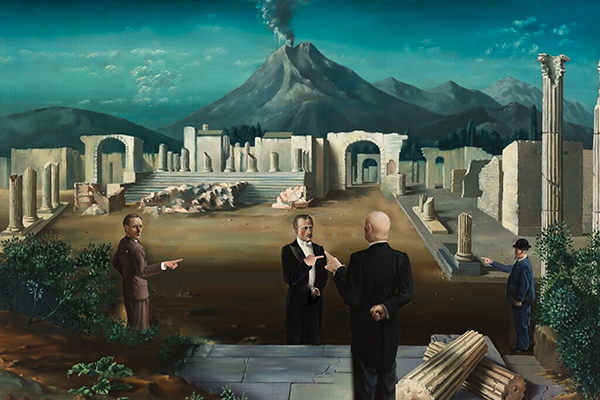
In order to clarify the feeling I got from the painting, I have photoshopped it a bit.
I force the men to look at each other while a volcano erupts behind them.
I force them to no longer ignore each other.
Then I let them point to each other.
I believe that we live in a society in which we constantly blame each other for everything and everything but never find ourselves responsible.
We find it so easy to point to others or say "yes, but I did not do that".
When you see someone falling on the street, there are most of the time only 2 out of 20 people who will stop and help.
When there is a verbal battle or fight we act like we do not hear anything.
Why do we do this !? Why do we turn our backs on situations, why do we find it so scary to get involved in something?
It's so damn easy to blame others, and we turn our backs on our problems. pointing out fingers.. I didn’t do it, he/she did!
Copy
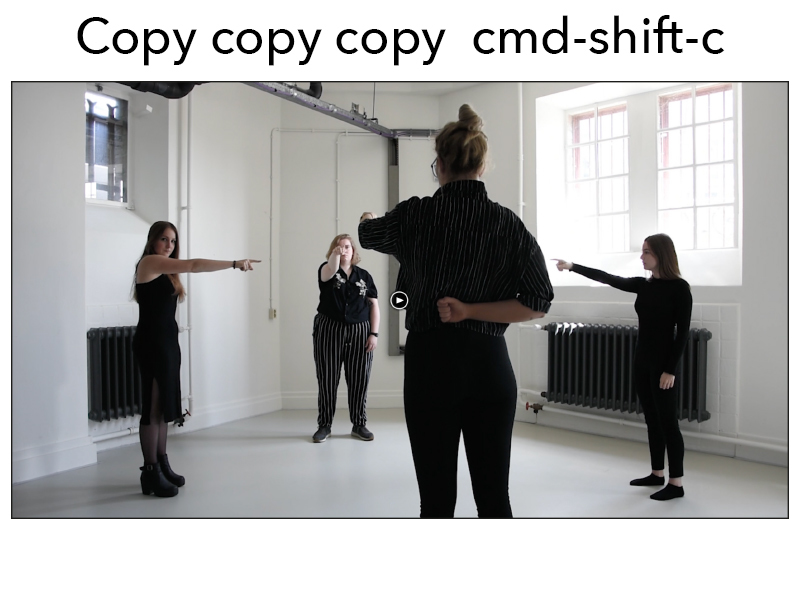
I made a video in this same posture to copy what I created from the painting.
I deliberately did not take a picture because it seemed more interesting to me to keep it alive.
By placing ourselves as static as in the painting, the small movements of blinking eyes and breathing, I copy the alienated and illogical effect of the painting.
Keeping your arm up like this is a punishment in itself.
I (left) am the only one who looks into the camera just as the artist Carel Willink has placed himself in his painting on the left.
I look at the viewer just as Willink looked at the viewer. almost questioning, "Is this what you want?"
I will present the video in a frame with a projector so that it looks like it is a photo.
That way I can create confusion just as I got confused at the original painting.
Test 1 2 3 Test
To further discover what I want with this atmosphere, I have done tests.
I have taken pictures of people who refuse to look at each other.
That is the point that held me so firmly in the painting.
The ignoring of each other and each other’s silence is something unbearable,
this gripped me so firmly that I wanted to translate this into my transformation.
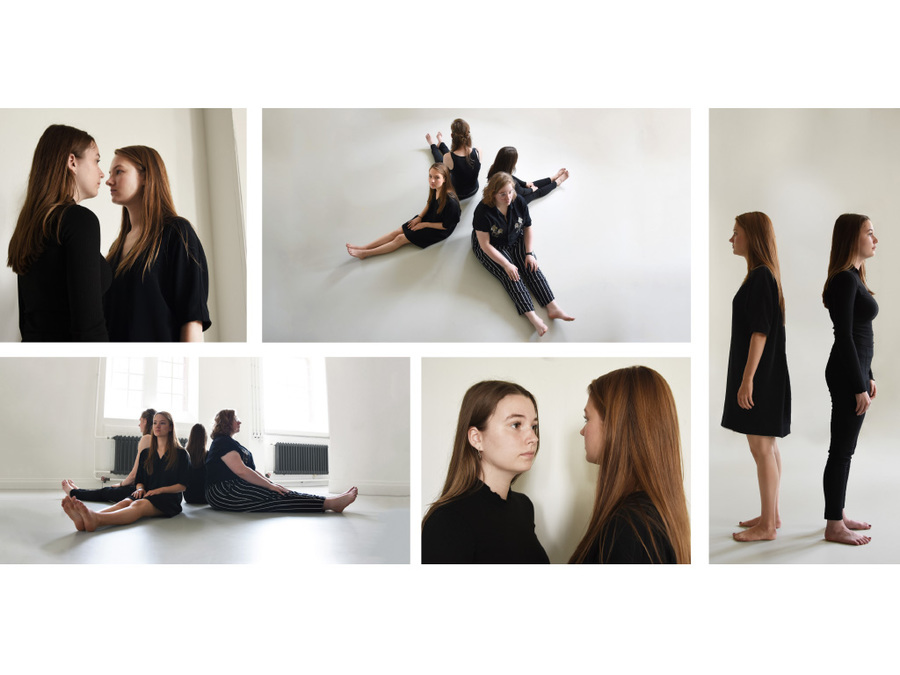
Transform Transforming Transformed
In the end I chose to involve the viewer in my presentation.
I wanted to make the feeling of ignoring appear in my photos.
At first I did not know how I was going to create that feeling in a picture, I wanted to work in the direction of my tests.
Then I came to the insight that i want to ignore the viewer. How annoying will it be to go to an exhibition where the work literally turns its back on you.
Without any studio experience I went into the photography studio and I made pictures of the back of people's head....






Presentation
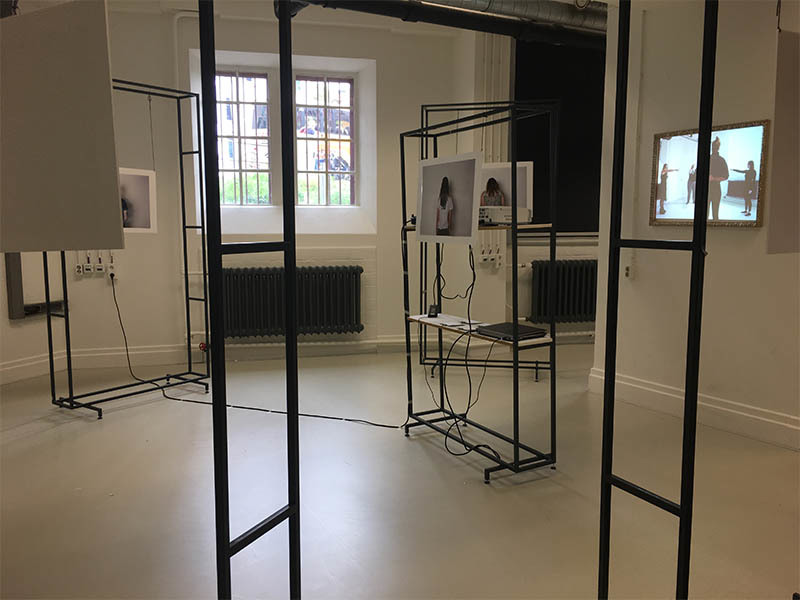
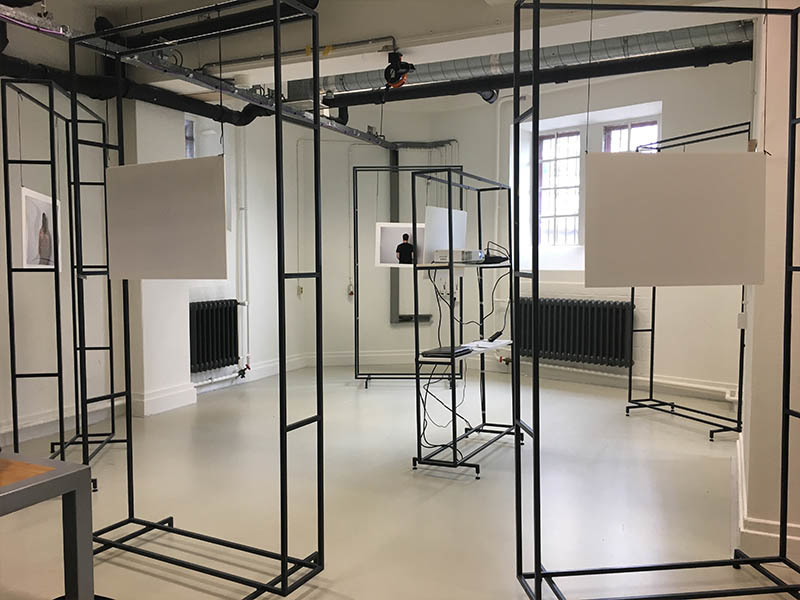
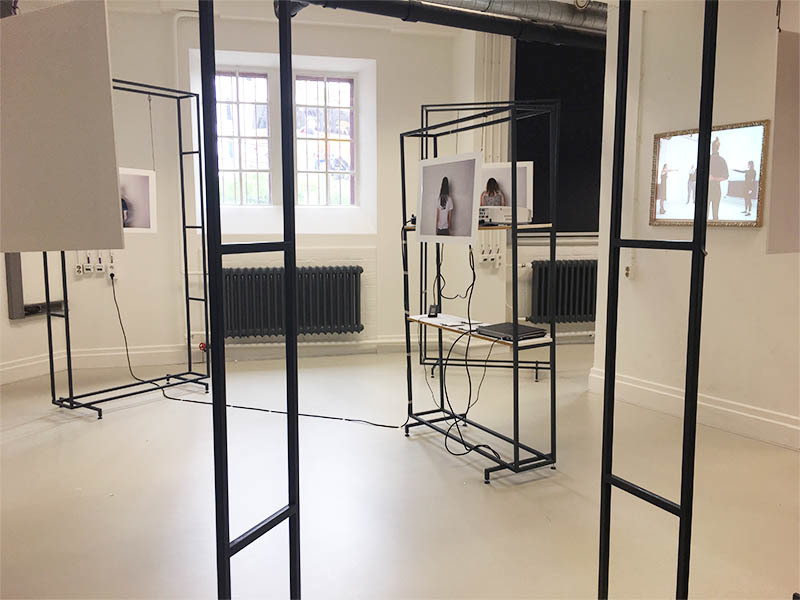
Reflection
In this practice I mainly learned to work freely and work in a very short time.
I was able to pick up on a theme that I have already worked on a bit.
Before this practice I worked in the theme of the relationship between human and nature and human and human.
And now I was able to focus myself at the relationship between human and human in the social field.
I also learned how to work in the photo studio which I found extremely valuable.
I think it is a valuable theme to dive into for me as a future teacher, the social contact and the way we treat each other.
What I regretted is that we learned little theory or practical stuff from the teachers themselves because of the few contact moments,
I hope that this might happen more later. My preference is also in the practice Digital craft, purely because I could let myself go with the flow immediately.
What is the theme I am investigating?a disconnection between human and human
What is my research question?do we accept this?
I also wondered in my research whether this was already happening since the painting dates from 1931.
How am I structuring my research? I work in the indicated steps. I first started to investigate my painting.
After that I made a video, during the making of the video.
I also did tests with photography. In the end I work kind of as a action, reaction, action, reaction.
What tools or methods could I/will I use to conduct my research? See the answer above. I like to work by diving into it and doing it.
What is the foreseen result? When I started this work, I thought I would work it out in a performance (that I would still like to do).
My result, however, is different than expected because I came to new insights during my tests.
What is the difference between my foreseen result and the result which came through the process? See the answer above.
It is good and okay that things change within a process. But to be honest, I could have gone on so many other ways if I had more time.
Is 1. - 6. relevant? Yes it is, we have a lot of criticism on our social level, on communication and connecting with each other in this society.
Digital crafts 3rd year
Critical Making exercise

- Reimagine an existing technology or platform using the provided sets of cards.-
In this assignment I have worked with 2 classmates and 2 students of graphic design.
We looked at the cards with the whole group and shared our favorites.
Then we started making combinations, we came to the challenge:
Create an painful or stressful version of a DIY kit using wood
We wanted to make a DIY kit because we had fun and frustrating memories of DIY kits ourselves.
We chose to mix the roles, so the graphic designers started working with the laser cutter
and we started working on the (graphic)design aspect. I also worked on the manual.
In the end, we were able to create a very frustrating product with this group.
Cybernetic Prosthetic
We started our project by researching the artist we discussed in the class of Ivan.
The artist that struck us the most was "Eduardo Kac". Ivan mentioned the dna flower and we did more research about him.
We came on a project of his, where he is creating an artist gene.
This gene was created by translating a sentence from the bible, Genesis, into Morse Code, and converting
the Morse Code into DNA base pairs according to a conversion principle specially developed for this work.
Google translate fails?
So this project made us think about Google translate fails.
When you translate a sentence to another language and then translate it to its original language something different comes out of it.
Sometimes it can be quite funny or poetic. But this was infect our link that made us think about esthetic art that we as human don’t have complete control over.
We wanted to create something that decides and or can speaks for itself.
So first we talked about an idea of a plant that could sing songs when it is happy or sad.
But soon it felt a bit cheesy already.
Schimmelderij
Then we decided that we want to focus more on a organism that makes it own decision with a esthetic outcome.
From the four catagories of organism (plants, animals, fungi and bacteria), the fungus was uniquely and interesting to us.
Fungi or mold also live their own lives and certainly make their own choices. That is why we researched how mold works,
how it grows and how it doesn't grow. In this study, we discovered that mold can be stimulated by heat and delayed or even stopped by cold.
With this information we devised a loop system.
From Devices to systems


